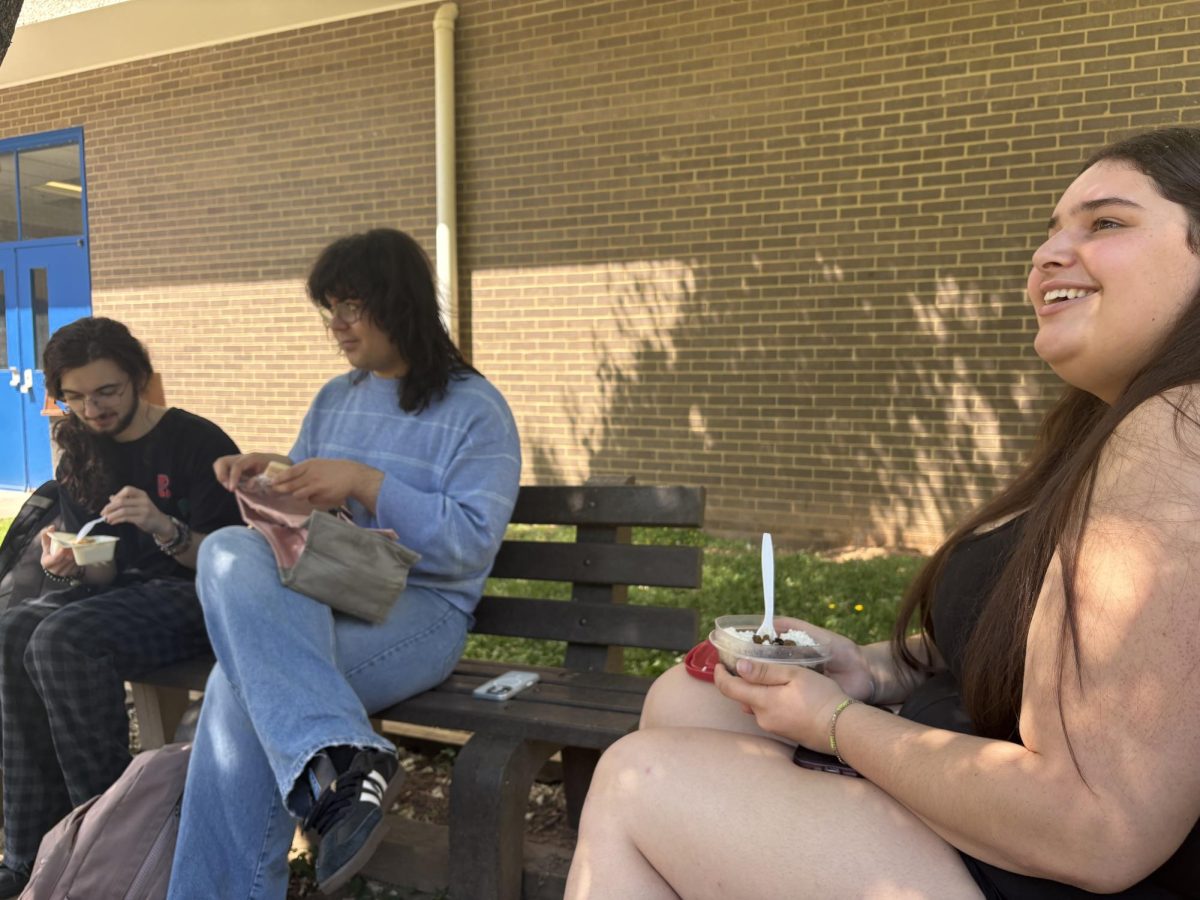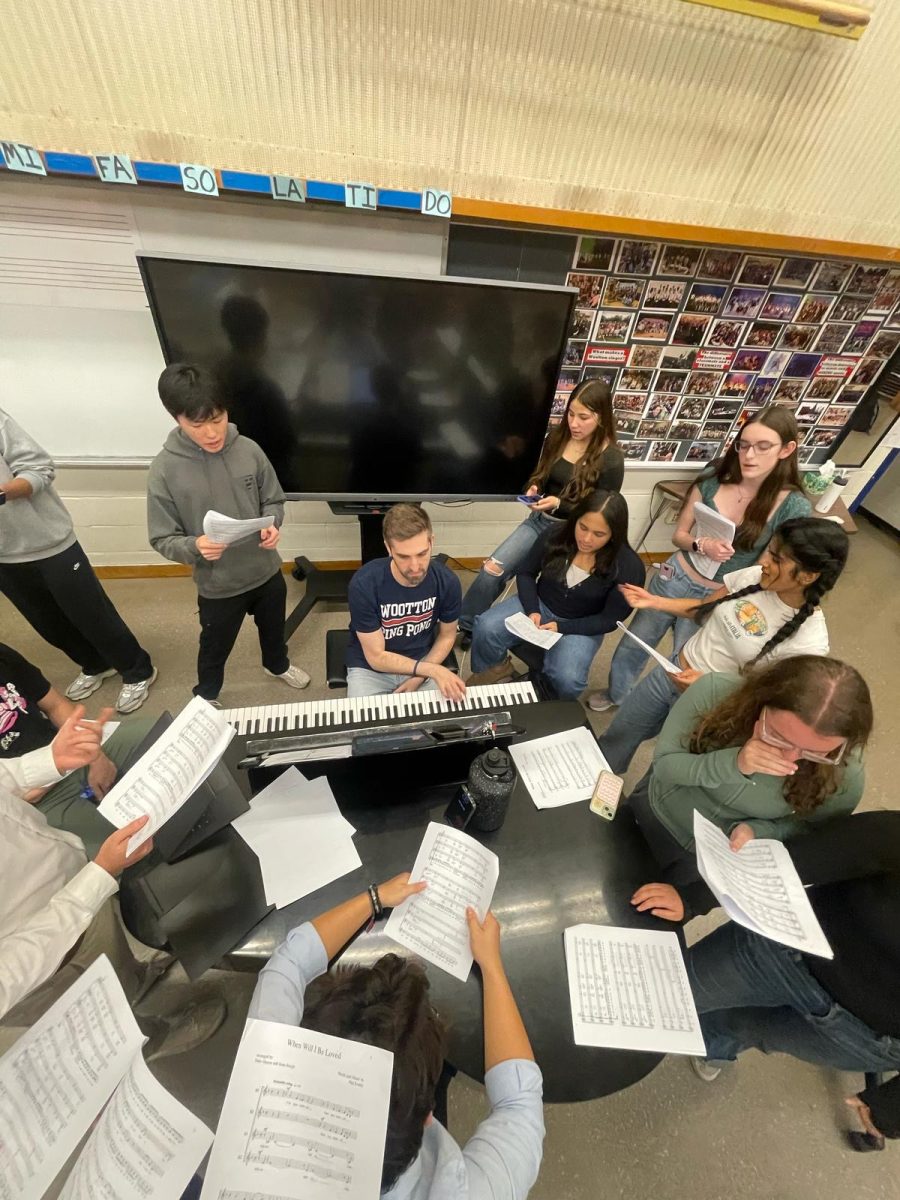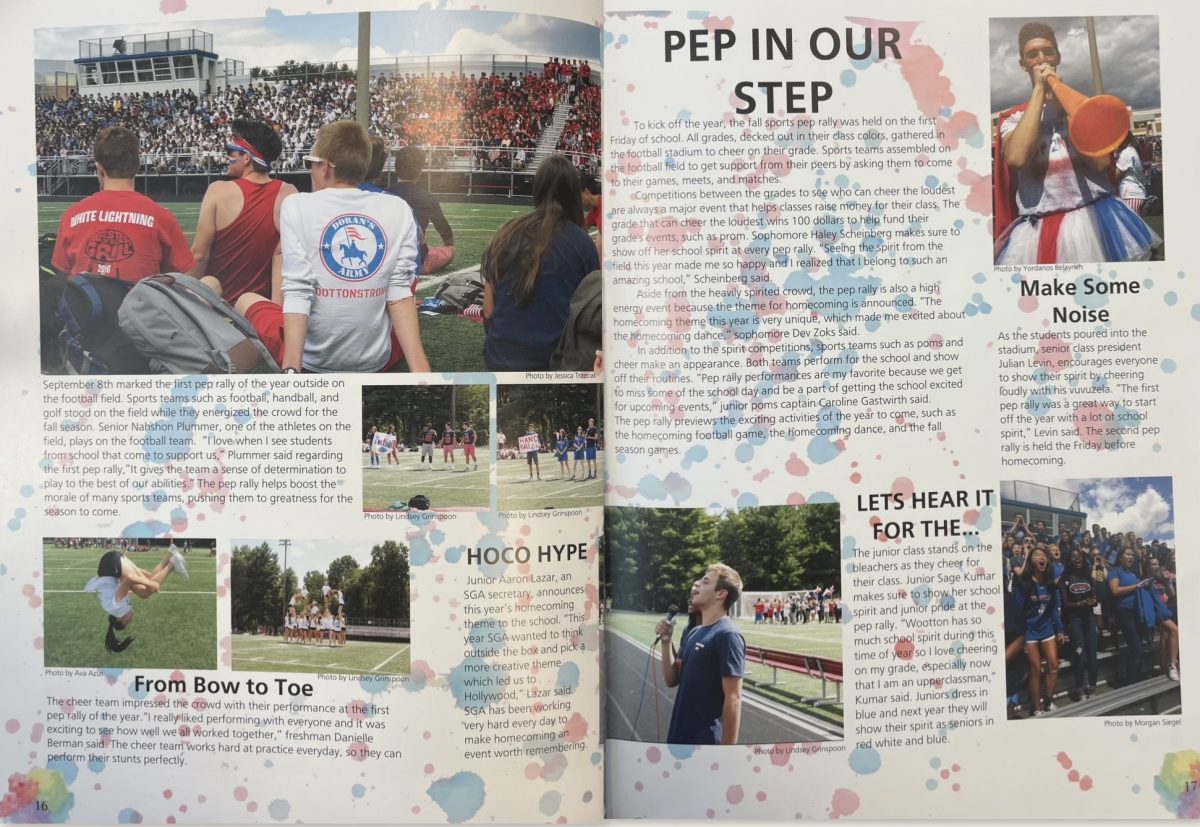While looking through the back catalog of Common Sense articles, I found one from the early 2000s that intrigued me. A columnist was discussing the racial divide between students and how they often self-segregate their social circles without realizing it. Days after reading this article, the concept still lingered in my mind. I wasn’t shocked that this had been going on for as long as it had. I felt as if it had been this way at this school for as long as I could remember. Even in an extremely diverse part of America, people still choose to be around those most similar to them. Most people stick to their bubbles without interacting with others unless they’re forced to.
I had to investigate where this stemmed from.
So I went for a walk. All through lunch, I walked around the halls, classrooms, the cafeteria and outside. Although there were some outliers, as expected, I found that my hypothesis was true.
Between most friend groups, there was some cultural aspect that brought most friends closer, whether it be race, religion or gender. In the groups I walked past, around 30 were made up entirely of people who appeared to be racially, ethnically or culturally alike. “Sometimes I think it just happens naturally due to shared connections, culture, and community,” a junior girl who asked to be anonymous due the sensitive nature of the topic said.
It certainly doesn’t seem wrong that people found cultural elements brought them closer to others — that’s what culture does. It’s beautiful to share something that feels so intimate to yourself and your family with people who understand it immediately. What I found interesting was that people didn’t feel an urge to branch beyond that border and find something in common with people outside of their identity groups. “I definitely do think that friend groups self-segregate. I think that my friend group isn’t as segregated as others though,” junior Sarah Magazine said.
There’s something profound about finding something in common with people you never expected to. In my years of interviewing students and staff for Common Sense, I’ve met dozens of unique people who I would have never expected to get along with as well as I did. If I didn’t have the experience of writing articles, would I have branched out at all?
People may be afraid to go up to people they don’t know. The problem could be that people are simply too shy to branch out. They join the same clubs their friends do, get internships and jobs through family connections and stop being as social once they find their core group. “I think self segregation happens, but not because they are shy. Mostly it is because they have a lot in common and that is who they stick to. Now, do the stay and not talk to other groups because they are shy, probably. They could also just be happy where they are,” senior Alex Smith-Millan said.
Making new friends is hard, and in a world where being cool and acting like you don’t care is the norm, it can be difficult to open up to people you don’t automatically have something in common with, especially when you don’t have to. The reason people don’t branch out is simply because it isn’t a priority.
This culture takes active effort to reverse. We need to let go of unconscious biases and seek out new types of people. While this can be hard to pull off with the stress of school, it’s important to exercise these skills so that it becomes a habit in adult life. Someone we’ve never talked to could enrich our lives in a way we never knew was possible.








